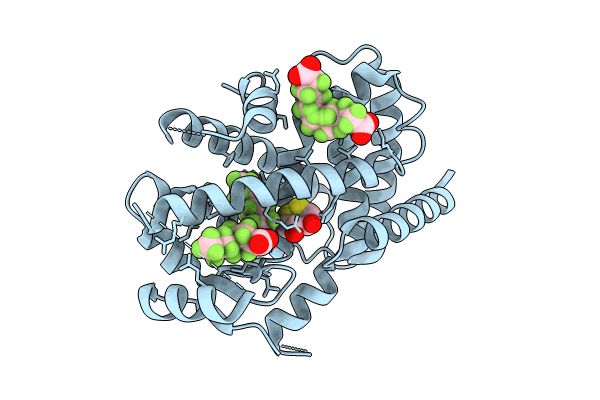
Deposition Date
2023-09-12
Release Date
2024-07-24
Last Version Date
2024-10-30
Entry Detail
PDB ID:
8U57
Keywords:
Title:
PPARg LBD in complex with perfluorooctanoic acid (PFOA)
Biological Source:
Source Organism:
Homo sapiens (Taxon ID: 9606)
Host Organism:
Method Details:
Experimental Method:
Resolution:
2.00 Å
R-Value Free:
0.25
R-Value Work:
0.22
R-Value Observed:
0.22
Space Group:
P 43 21 2


